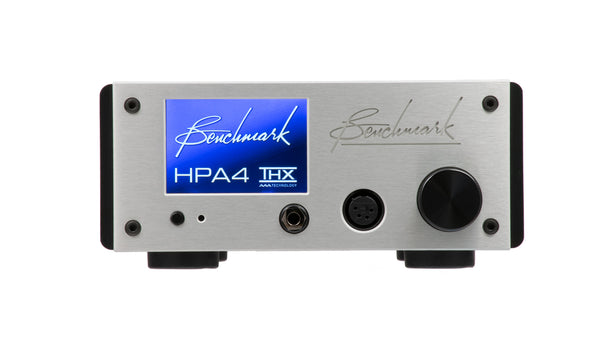Okay, now I understand that in the analog domain, there are noises. Signal amplitudes are calculated from samples. The more bits available, the less noise there is.
The more bits there are the less quantization noise is there.
It has nothing to do with the actual noise floor of the circuits used.
But, having more bits in the digital domain than in the analog domain doesn't hurt. A 32-bit DAC doesn't hurt.
No it doesn't. But 32 bit format is not the same as 32 bit resolution and given that it is DS the final resolution is not 32 bits at all. The 'noise' that is used (and thus averaged by LPF) is based on just a few bits (between 3 and 8 depending on the used chip)
A passive stepped attenuator would be limited by the thermal noise(-124dB) which is lower than SINAD of Topping D10s(-112dB).
SINAD is 2V (SE) 1kHz distortion + noise component and can not be compared with thermal noise number of an attenuator in a specific (worse) condition as that is also dependent on the components before and after it. I would even dare to say the thermal noise of the attenuator will be irrelevant compared to the other parts.
If I use a stepped attenuator after the DAC, then the stepped attenuator attenuates the DAC noise.
Yep, so does a potmeter. However, the signal amplitude becomes smaller yet the noise of the amp behind the volume control will remain the same.
When one wants to really gain S/N ratio you need to lower the gain (not as easy as one might think) or pad the output of the following amp.
-12dB attenuation in a stepped attenuator instead of DAC volume adds 2 bits(12dB) of dynamic range. Am I right?
No. You continue to believe that quantization noise is key in your thesis. It isn't. Noise floor, gain, sensitivity of transducers and hearing limits are the restrictions.
Accepting 32 bit formats or 24 bit formats and filtering internally with 32 bit accuracy does not mean the quantization noise is 32 bit and not completely drowned by actual noise and distortion products in reality.
Quantization noise does not determine the noise floor. Components do (active + passive)
:



